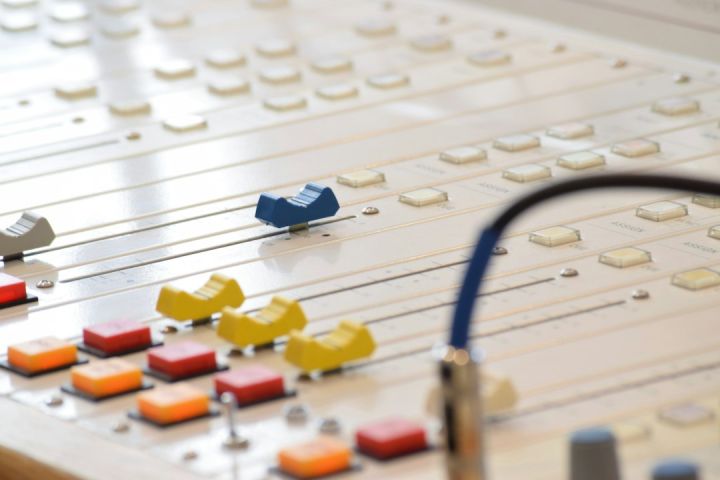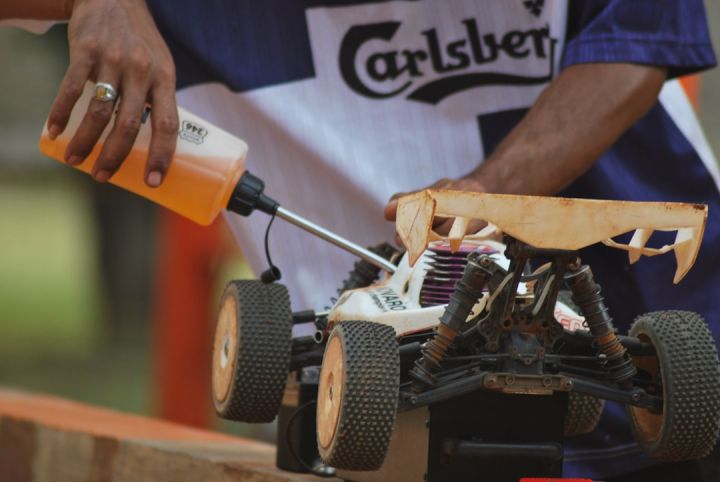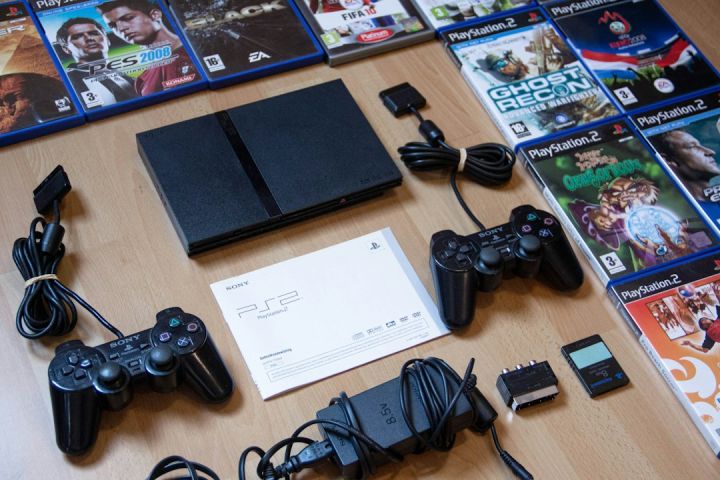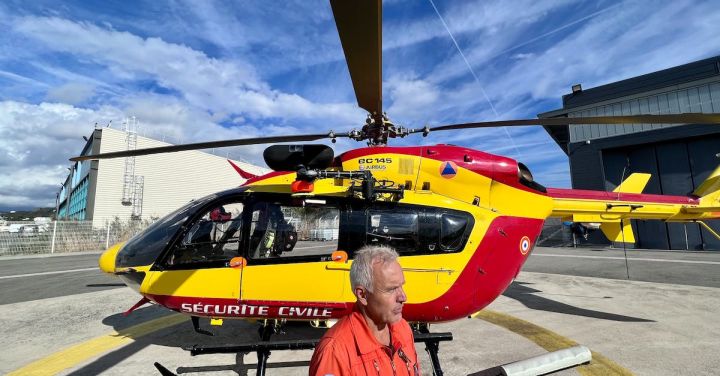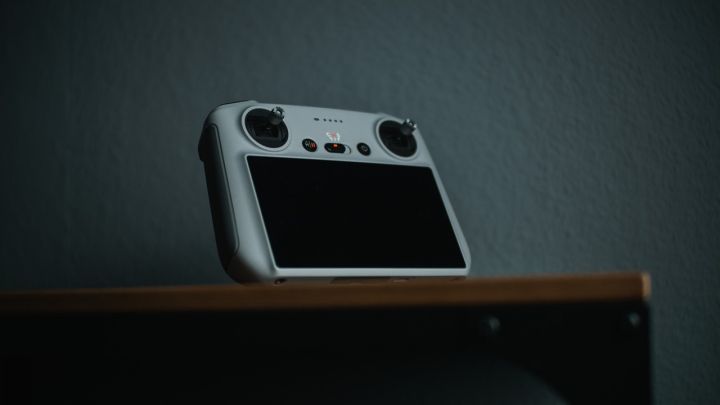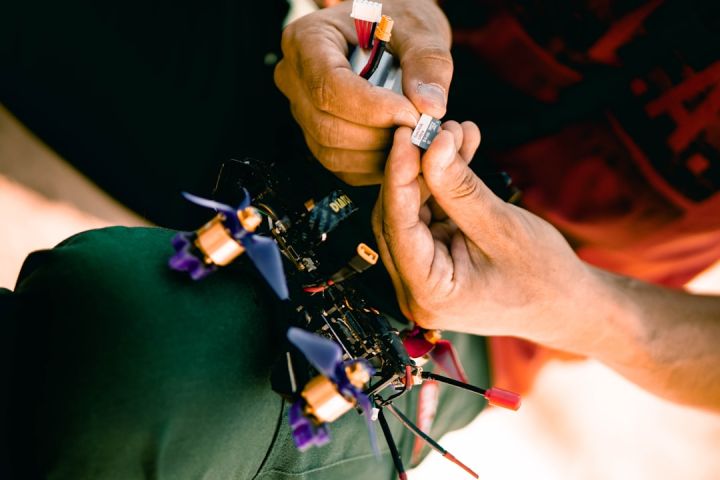What Are the Common Maintenance Tasks for Rc Airplanes?
RC airplanes are a popular hobby for many enthusiasts, providing hours of fun and excitement. However, like any other mechanical device, they require regular maintenance to ensure they are in optimal condition. This article will discuss some of the common maintenance tasks for RC airplanes.
Checking and Cleaning the Airframe
One of the first tasks in maintaining an RC airplane is to regularly check and clean the airframe. This involves inspecting the aircraft for any cracks, loose screws, or other signs of damage. It is crucial to fix any issues promptly to prevent further damage during flight. Additionally, cleaning the airframe, especially after flying in dusty or dirty conditions, helps to maintain the plane’s overall appearance and performance.
Inspecting and Replacing Propellers
Propellers are an essential component of an RC airplane, responsible for generating thrust and controlling its flight. Regular inspection of propellers is necessary to ensure they are in good condition. Look for any signs of wear, such as chips or cracks, and replace them if necessary. Damaged propellers can adversely affect the plane’s performance and potentially lead to accidents.
Maintaining the Power System
The power system of an RC airplane typically consists of a battery, motor, and speed controller. To maintain the power system, it is crucial to regularly check the battery’s voltage and condition. Recharge or replace the battery as needed to ensure optimal performance. Similarly, inspect the motor and speed controller for any signs of damage or overheating. Proper maintenance of the power system ensures a reliable and smooth flight experience.
Cleaning and Balancing the Propellers
In addition to inspecting and replacing propellers, cleaning and balancing them is also necessary. Over time, dirt and debris can accumulate on the propellers, affecting their balance and performance. Cleaning the propellers with a soft brush or cloth helps to remove any dirt or grime. Balancing the propellers ensures that they rotate evenly, reducing vibration and enhancing the plane’s stability during flight.
Checking and Adjusting Control Surfaces
Control surfaces, such as the ailerons, elevator, and rudder, play a crucial role in maneuvering an RC airplane. Regularly checking and adjusting the control surfaces is important for maintaining proper flight control. Inspect for any signs of damage, looseness, or misalignment, and make the necessary adjustments or repairs. It is also recommended to lubricate the control surface hinges to ensure smooth movement.
Inspecting and Cleaning the Landing Gear
The landing gear of an RC airplane is subjected to significant stress during take-offs and landings. Inspecting the landing gear regularly is essential to identify any signs of wear or damage. Look for loose screws, cracks, or worn-out tires, and replace them as needed. Cleaning the landing gear, especially after flying on grass or dirt, helps to remove any debris that could interfere with its operation.
Storing the RC Airplane Properly
Proper storage is an often-overlooked aspect of RC airplane maintenance. After each flight, it is essential to clean the aircraft thoroughly and remove any dirt or debris. Store the airplane in a dry and dust-free environment to prevent corrosion and damage. Additionally, ensure that the battery is disconnected or removed to avoid any potential fire hazards.
In conclusion, regular maintenance is essential to keep RC airplanes in optimal condition. By following the common maintenance tasks discussed in this article, enthusiasts can ensure their aircraft’s longevity, performance, and safety. Taking the time to inspect, clean, and repair the airframe, propellers, power system, control surfaces, landing gear, and properly store the airplane will result in a more enjoyable and trouble-free flying experience.

